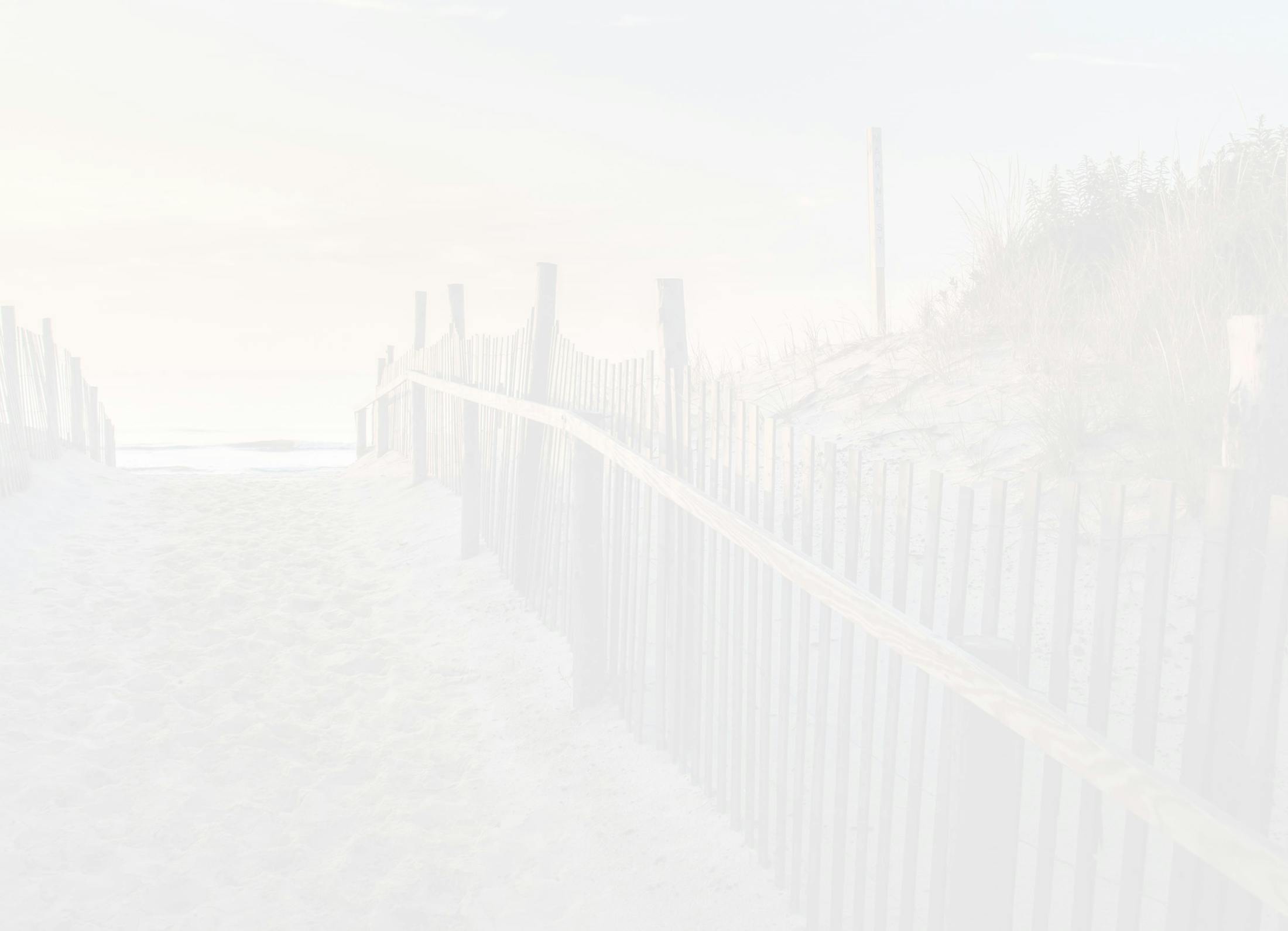Spinal stenosis often hinders daily activities and can lead to a decreased quality of life. The Center for the Functional Restoration of the Spine experts employ state-of-the-art treatments, including minimally invasive surgical options, to effectively manage spinal stenosis and help patients regain their mobility and comfort.
Spinal Stenosis Q & A
What causes spinal stenosis?
What symptoms does spinal stenosis cause?
How do specialists diagnose spinal stenosis?
How do specialists treat spinal stenosis?
What causes spinal stenosis?
Spinal stenosis occurs when the area inside the spinal canal narrows. Though spinal stenosis can develop after a spinal injury, you’re more likely to have the problem due to degenerative conditions like:
- Herniated discs
- Facet joint arthritis
- Degenerative disc disease
- Vertebral bone spurs
- Thickened spinal ligaments
- Slipped vertebrae
A slipped vertebra affects the spinal canal by misaligning the spine. The other underlying conditions lead to spinal stenosis as they protrude into the spinal canal.
What symptoms does spinal stenosis cause?
Spinal stenosis causes back pain in the affected area. In many cases, spinal stenosis also compresses the nerves, causing symptoms that travel down your arms and legs. You may experience symptoms such as:
- Pain in your neck or lower back
- Pain that radiates down your arms or legs
- Tingling or numbness in your arms or legs
- Weakness or tiredness in your arms or legs
- Leg cramping
- Hand weakness
- Difficulty walking
Though spinal stenosis can affect any part of your spine, it most often occurs in your lower back or lumbar spine.
How do specialists diagnose spinal stenosis?
In addition to a physical examination and reviewing your symptoms, your provider at the Center for the Functional Restoration of the Spine uses diagnostic imaging. The most common imaging tests used to verify the presence of spinal stenosis include X-rays and an MRI. In some cases, you may also need a CT scan.
How do specialists treat spinal stenosis?
The team at the Center for the Functional Restoration of the Spine begins with conservative therapies. Your conservative treatment plan may include pain medications, physical therapy, and activity modification. When you need more pain relief than you get with oral medications, your provider may give you an epidural steroid injection. This injection precisely targets the affected nerves, reducing inflammation, and giving you longer-lasting pain relief. If your pain persists despite conservative treatment, your provider talks with you about surgery. The type of procedure you need depends on the underlying problem. You may need spinal decompression, removal of bone spurs, or a discectomy. During a decompression procedure, your provider may remove part of the bone to enlarge the spinal canal. After removing some of the bone or a disc, your provider then does a spinal fusion to stabilize and strengthen your spine. If you need relief from ongoing back or neck pain, book an appointment online or call Center for the Functional Restoration of the Spine today.






